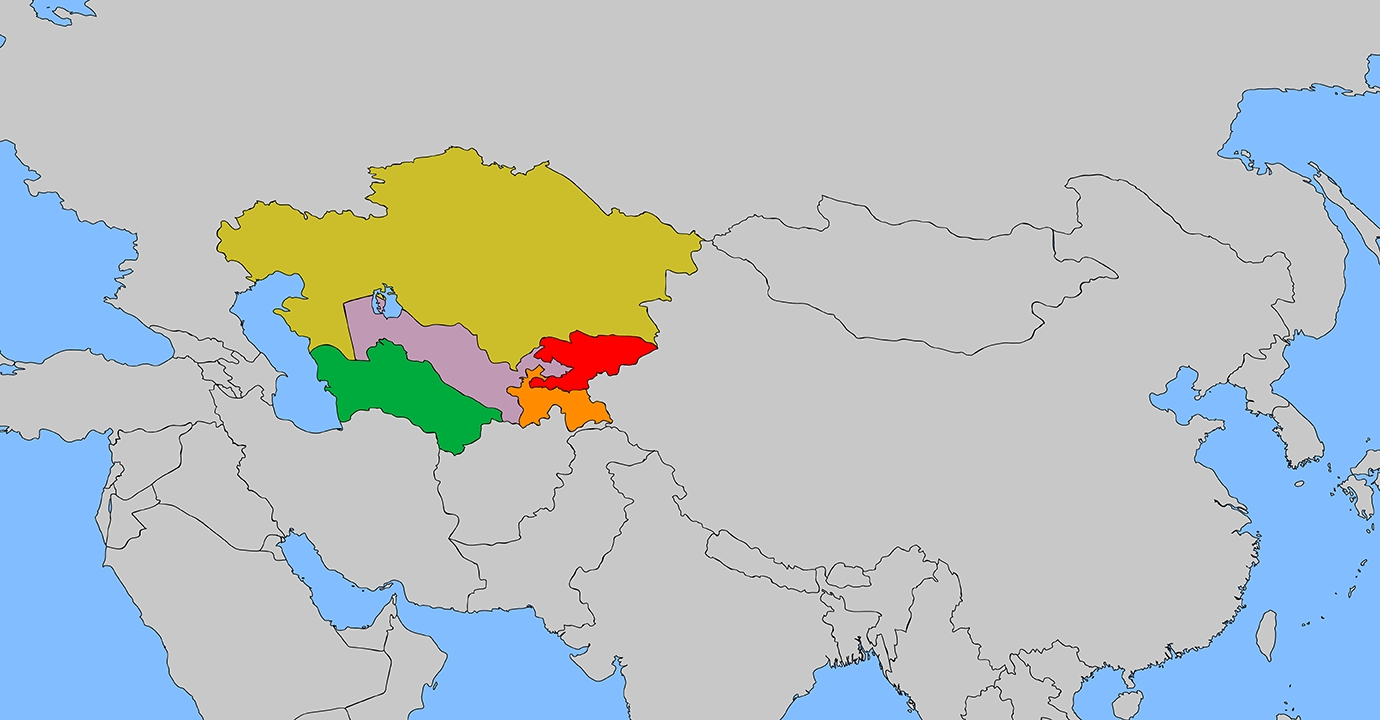China’s Education and Africa-East Asia Relations†
Table of Contents
- Ten China-Africa Partnership Actions for Modernization
- China’s Educational Opportunities and African Students
- China’s Educational Opportunities and East Asian Students
Estimated Reading Time
- 6 min

At the Forum on China-Africa Cooperation held in early September, President XI Jinping outlined ten partnership actions for the country and the continent to jointly take in the next three years. Focusing on advancing modernization, these actions will likely motivate scores of young Africans to pursue university-level education in China to acquire related knowledge and skills and to build strong China-Africa networks.
Trends revealed by a recent study conducted by the British Council suggest that furthering education in China may produce additional results for young Africans: their interactions with growing East Asian student communities in China will also prepare them well to become effective intermediaries between Africa and East Asia, as the latter actively seeks to tap into Africa’s tremendous potential.
Ten China-Africa Partnership Actions for Modernization
“Select actions, including the following, are oriented towards creating more opportunities for individuals and the private sector […].”
President Xi presented the ten China-Africa partnership actions for modernization before more than 50 African heads of state and government. Select actions, including the following, are oriented towards creating more opportunities for individuals and the private sector:
- “Giving all least developed countries having diplomatic relations with China, including 33 countries in Africa, zero-tariff treatment for 100% tariff lines”;
- “Launching an ‘Empowerment Program for African Small and Medium-Sized Enterprises’”;
- “Building together the China-Africa Digital Technology Cooperation Center to establish 20 digital demonstration projects”;
- “Implementing 1,000 ‘small and beautiful’ livelihood projects”;
- “Building 100,000 mu [about 6,670 hectares] of standardized agriculture demonstration areas [in Africa] and sending 500 agricultural experts [to the continent] to establish a China-Africa agricultural science and technology innovation alliance”;
- “Encouraging Chinese and African enterprises to invest and start businesses in both directions, creating no less than 1 million jobs in Africa”; and
- “Advancing the implementation of the ‘Vocational Education Plan for the Future of Africa’ by establishing together an engineering technology academy and building ten ‘Luban Workshops’, with a focus on the provision of 60,000 training opportunities to African women and youths”.
These actions, if implemented well, can lay a solid foundation for the long-term success of Africa. Young Africans aspiring to be part of this success are, therefore, expected to pave their own paths to this destination by, for example, pursuing university-level education in China.
China’s Educational Opportunities and African Students
African students have, for quite some time, identified China as one of the optimal choices for advanced-level education. According to the most up-to-date official data from China, nearly 82,000 African students were studying in the country in 2018. Among these African students, who accounted for 17% of the total number of international students in China at the time, were more than 6,000 doctoral candidates.
In addition to tuition fees and living costs being more affordable, compared with the high costs and fees charged in Western countries, good access to scholarships and rigorous programs makes China appealing to African students. Regarding scholarships, for example, President Xi made a pledge at the Forum on China-Africa Cooperation held in 2018 to offer 50,000 scholarships and 50,000 training opportunities to African students over a three-year period. With respect to rigorous programs, Chinese universities ranging from distinguished universities like Tsinghua University and Peking University to less well-known universities provide programs in a variety of disciplines covering economics, healthcare, infrastructure development, science, technology, and other subjects that are crucial and readily applicable to Africa.
In contrast, for example, the United States has not been a noteworthy host for African students. In the ten U.S. states that collectively host more than 60% of all international students in the country, less than 1 in 20 international students are from Africa. The ratio reportedly drops to less than 1 in 30 for California and New York.
China’s Educational Opportunities and East Asian Students
“[…] like their African counterparts, East Asian students have increasingly turned to China to seek university-level educational opportunities.”
A recent study conducted by the British Council shows that, like their African counterparts, East Asian students have increasingly turned to China to seek university-level educational opportunities.
Drawing on data from UNESCO’s Institute of Statistics, the British Council has observed that the number of East Asian students studying in universities in the United Kingdom grew from 139,000 in 2013 to 210,000 in 2020 (i.e., an increase of 51% over the period). During the same period, East Asian students studying in universities in other key English-speaking countries (e.g., Australia, Canada, and the United States) rose from less than 600,000 in 2013 to nearly 800,000 in 2020 (i.e., an increase of 36% over the period). These increases are largely attributed to students from China seeking to study in these countries because, after Chinese students were excluded from the statistics, student mobility from East Asia (excluding China) to the United Kingdom began to decrease by 2017, while the number of East Asian (excluding Chinese) students studying in other key English-speaking countries (e.g., Australia, Canada, and the United States) increased by only 7% from 2013 to 2020, rather than 36%, as stated above.
In fact, according to the British Council’s analysis, from 2013 to 2020, student mobility from East Asia (excluding China) to China and other Northeast Asian countries more than doubled while student mobility from East Asia (excluding China) to Southeast Asia increased by 50%. For East Asian students who are not from China, the three top host countries are China, Japan, and South Korea. Specifically, in 2018, China hosted 140,000 international students from East Asian countries, with more than 50,000 from South Korea, nearly 30,000 from Thailand, and approximately 15,000 per country from Indonesia, Japan, and Laos. All of this student mobility to China reflects the country’s attractiveness (e.g., affordable tuition fees and reasonable cost of living), as noted in the preceding section, as well as the country’s growing influence in the larger East Asia region.
In light of the expanding presence of East Asian students in China and their countries’ enthusiasm in seeking opportunities in Africa (see, for example, the Second Indonesia-Africa Forum and the series of “The Colors of Africa” events organized by Thailand), African students should consider educational opportunities in China to be an important key to their “shared future” with not only China but also East Asia more generally.
- The citation of this article is: The Editorial Board of SINOTALKS®, China’s Education and Africa-East Asia Relations, SINOTALKS.COM®, SinoExpress™, Sept. 11, 2024, https://sinotalks.com/sinoexpress/education-africa-asia. ↩︎




